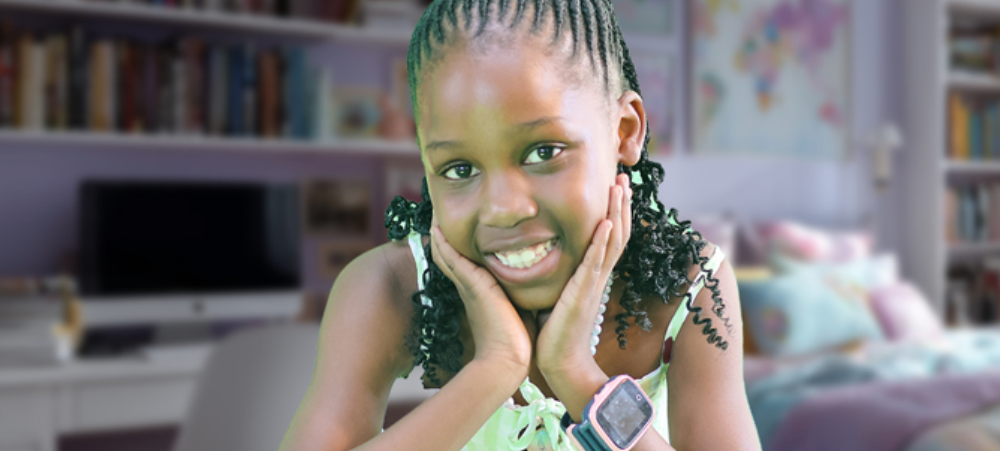Bullying has three defining characteristics – it is deliberate (a bully intends to hurt someone), it is repeated (the behaviour continues over time), and it is power imbalanced (bullies pick on those they perceive as weaker).
While bullying takes many forms – verbal, physical, emotional – the results are always destructive. Recognising the warning signs is an important first step in taking action. The following signs may point to bullying:
- Unexplainable injuries.
- Lost or destroyed clothing, books, electronics or other valuables.
- Feeling sick or faking an illness, and frequent head or stomach aches.
- Changes in eating habits, such as binge eating or suddenly skipping meals.
- Being unusually anxious, nervous, upset, teary, angry and withdrawn.
- Difficulty sleeping, frequent nightmares or bedwetting.
- A sudden and significant drop in marks, loss of interest in schoolwork or not wanting to go to school.
- Avoidance of social situations and other activities.
- Feelings of helplessness or decreased self-esteem.
- Running away from home, self-harming or talking about suicide.
What to do if you’re being bullied
Tell someone
If you or someone you know is being bullied the first thing you need to do is tell someone you trust (a parent, sibling, friend, uncle/aunt or a teacher) about the bullying.
Tell them to stop
Bullies often prey on individuals they perceive as weaker. Try acting confident and assertive and tell the bully to stop. Bullies might also be caught off guard if you brush their comments off with humour or say nothing and walk away.
Find safety in numbers
Keep yourself surrounded by people and always find a friend to walk with or to eat lunch with.
To read more about what to do if you or someone you know is being bullied, click here. Remember that home education allows parents to offer their children emotional reinforcement, to help boost their confidence and self-esteem so they can learn and grow in a safe, supportive and loving environment.
By Danielle Barfoot






3 thoughts on “What bullying looks like and what to do about it”
Thank You so much for sharing this valuable information. I’ll definitely be on high alert now for these warning signs. It pains me to think that my son may be bullied. As a parent, I’m very aware of both sides… what if my son was bullying others? Do you have any tips on what signs to look out for so you can nip bullying behaviour in the bud? Or what to do when you’re the parent of the bully in the classroom?
Bullying happens at all stages in life, but it can be most traumatic for children as it impacts their mental and physical health for life! Danielle’s list of signs of bullying is spot on and shows that parents and guardians must keep a constant eye on their wards. Most children are not even aware they are being bullied–and must be educated about what to watch out for. Valuable post, Julie!
This is such valuable info for any parent. I also think that bullying has become more prevalent now that kids have access to the internet and social media. It’s so important to teach them that it is not okay to bully or be bullied by anyone in any form.